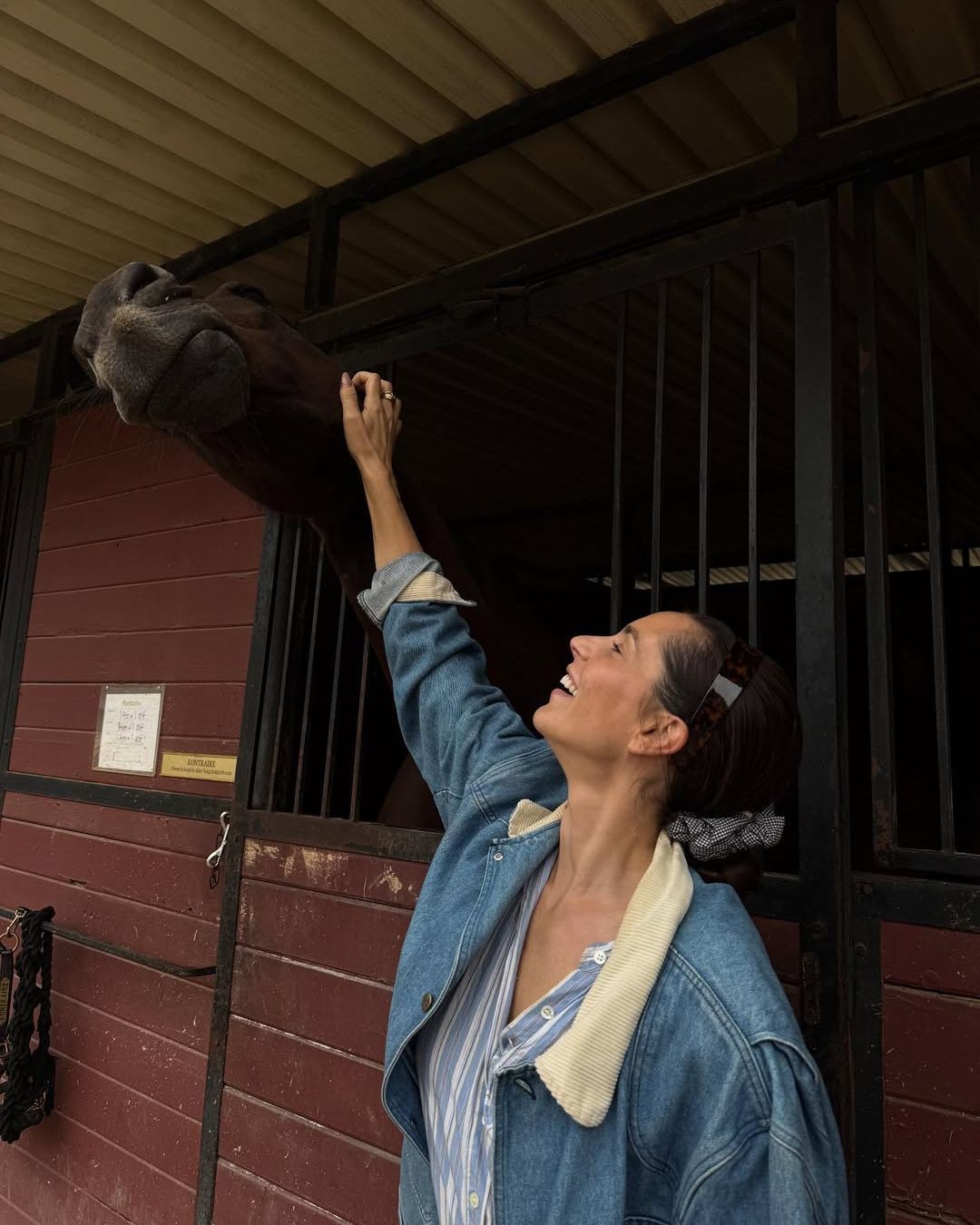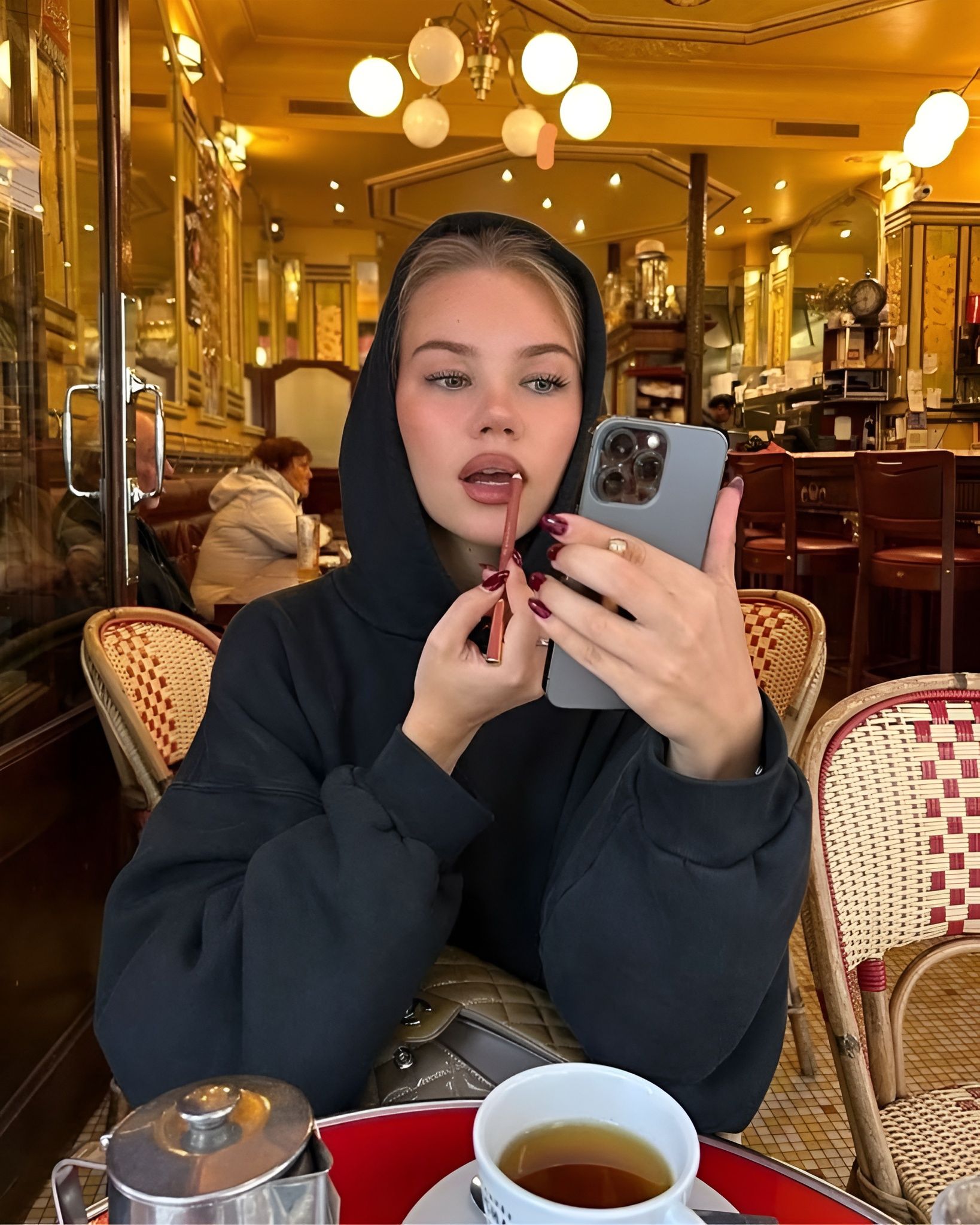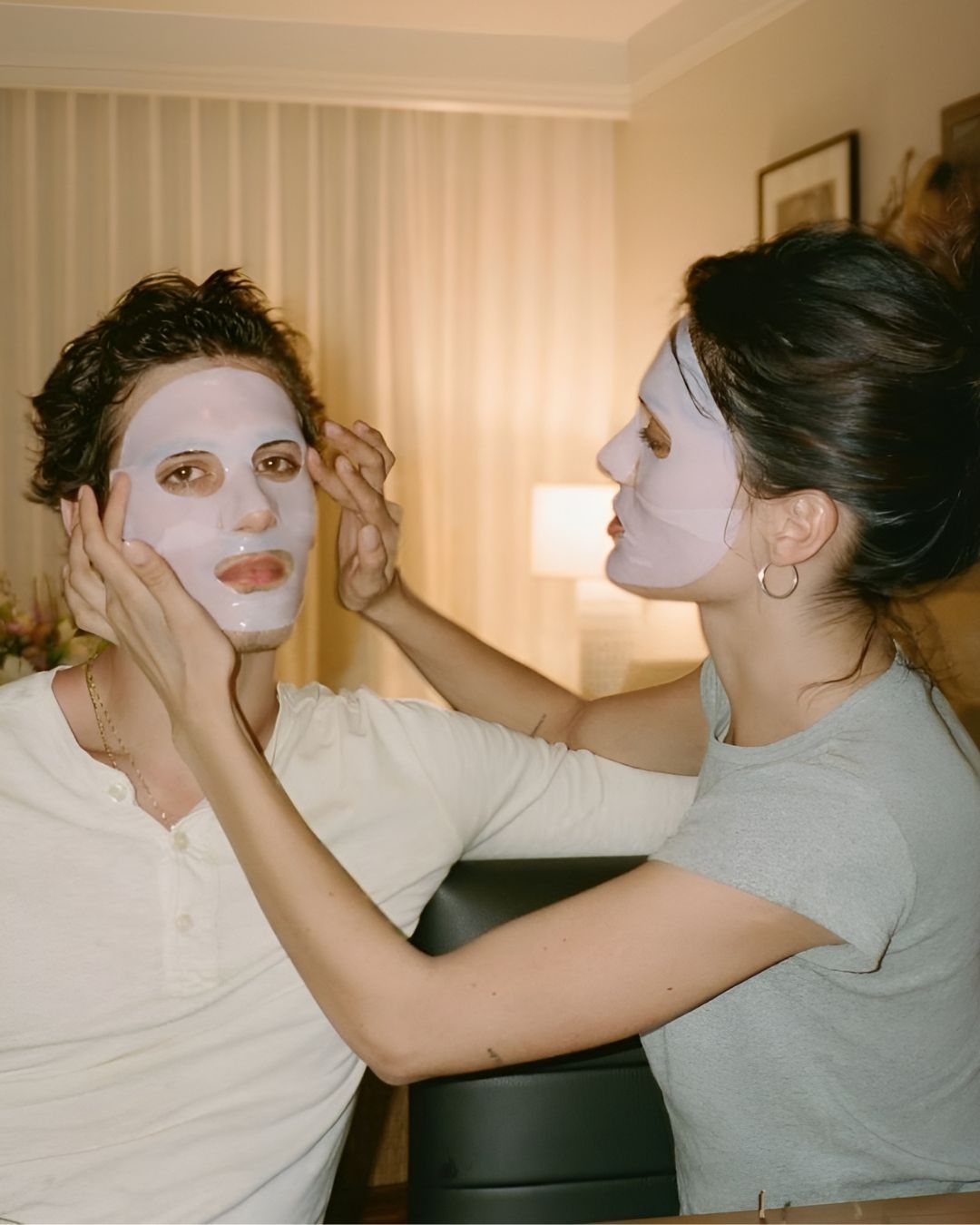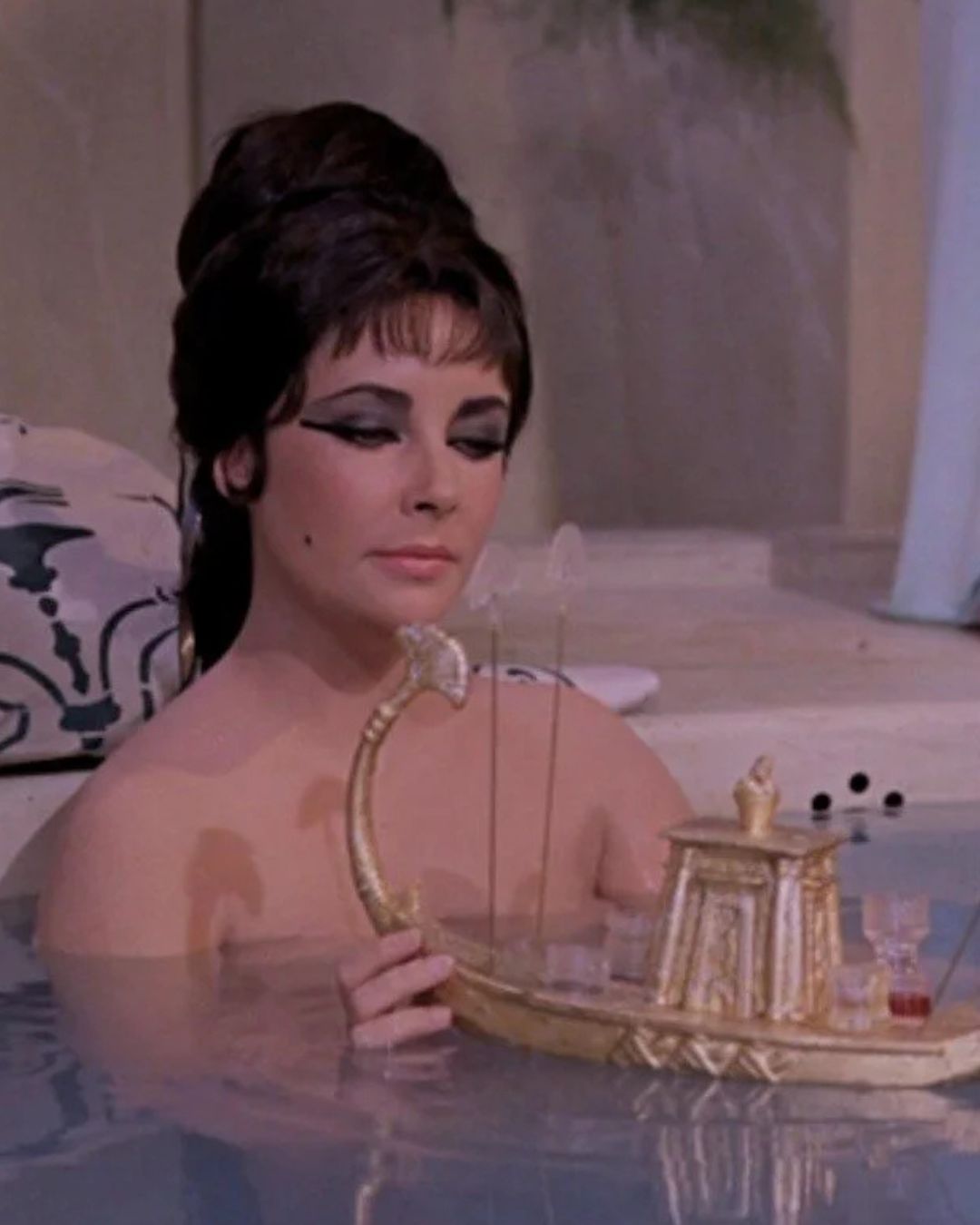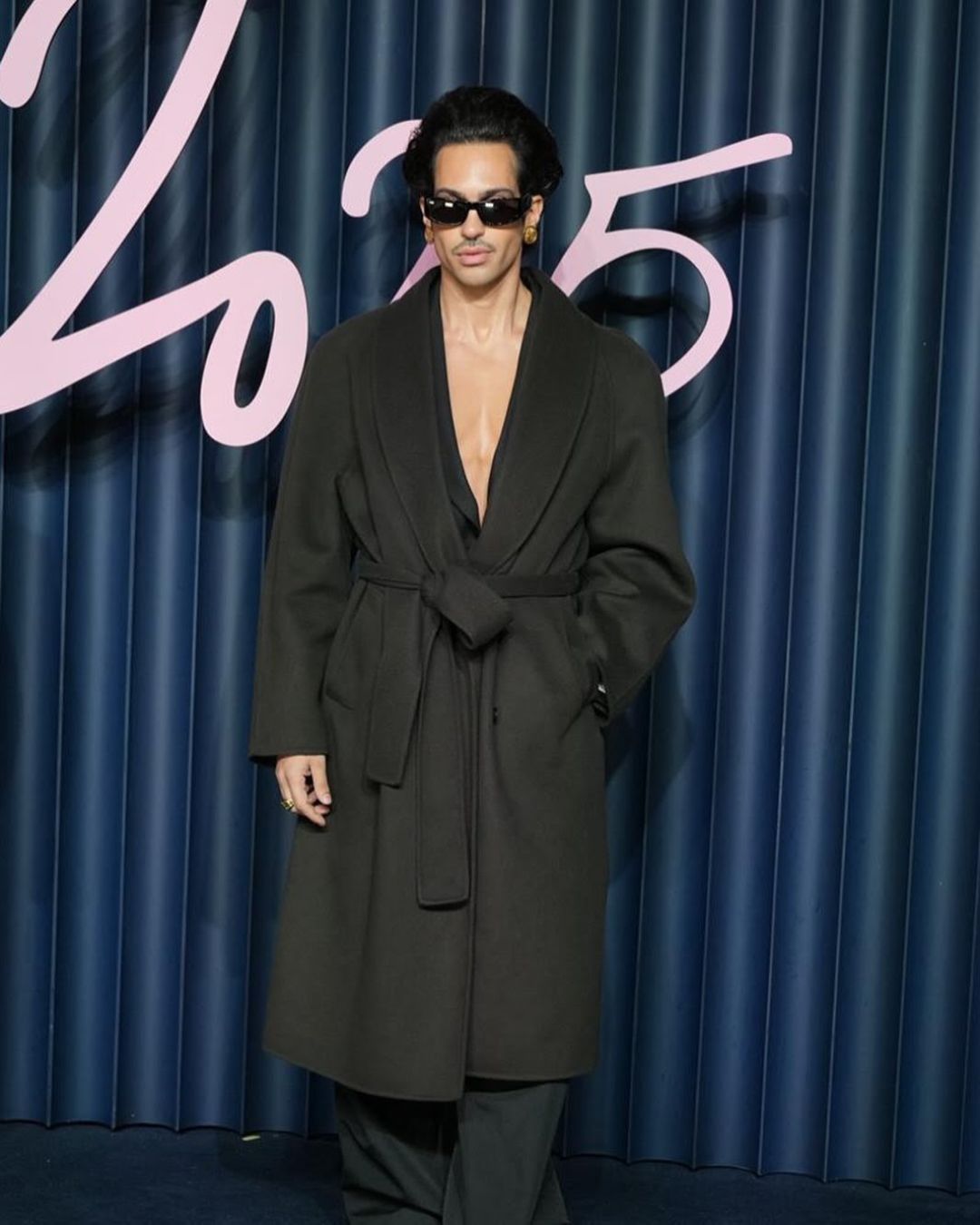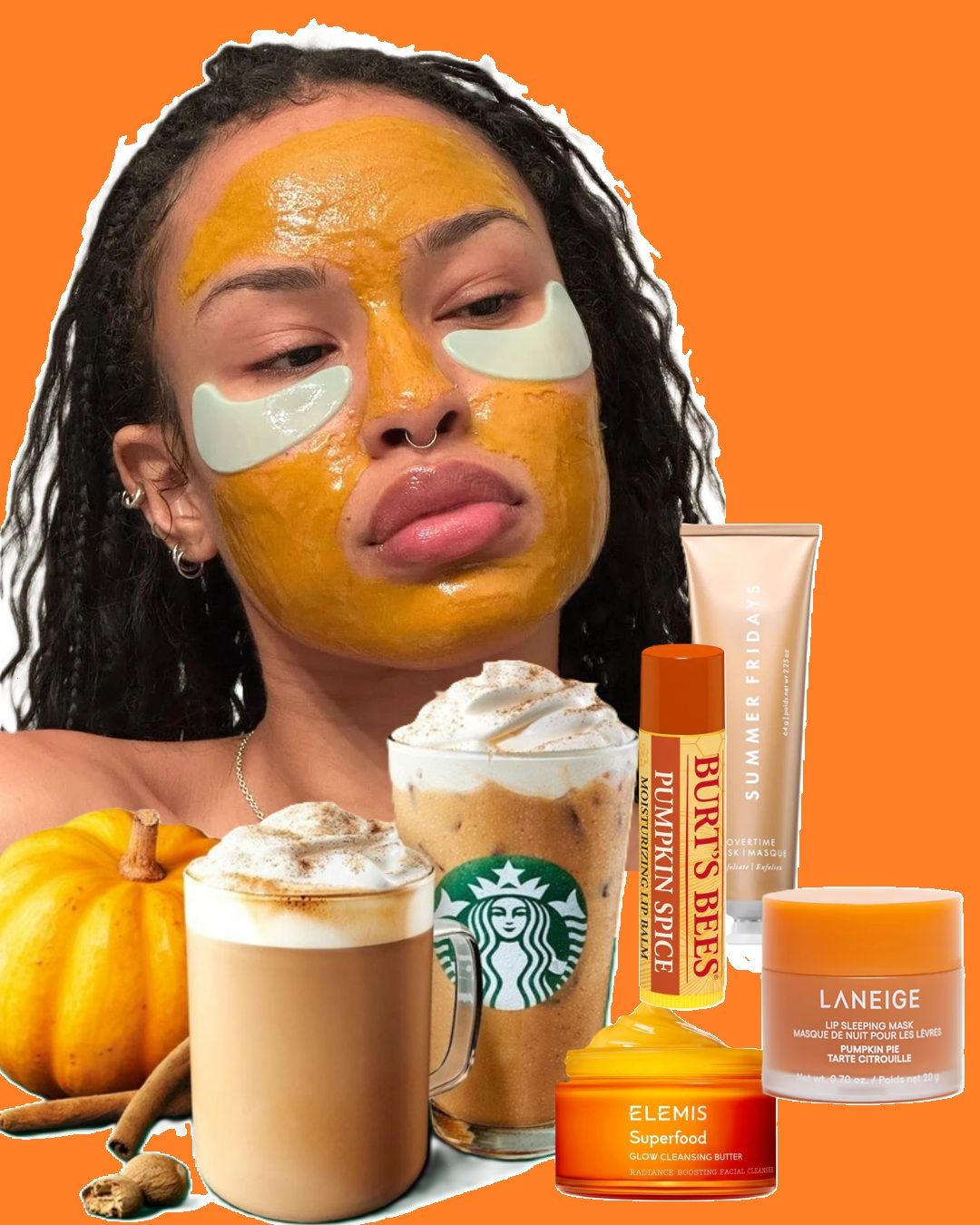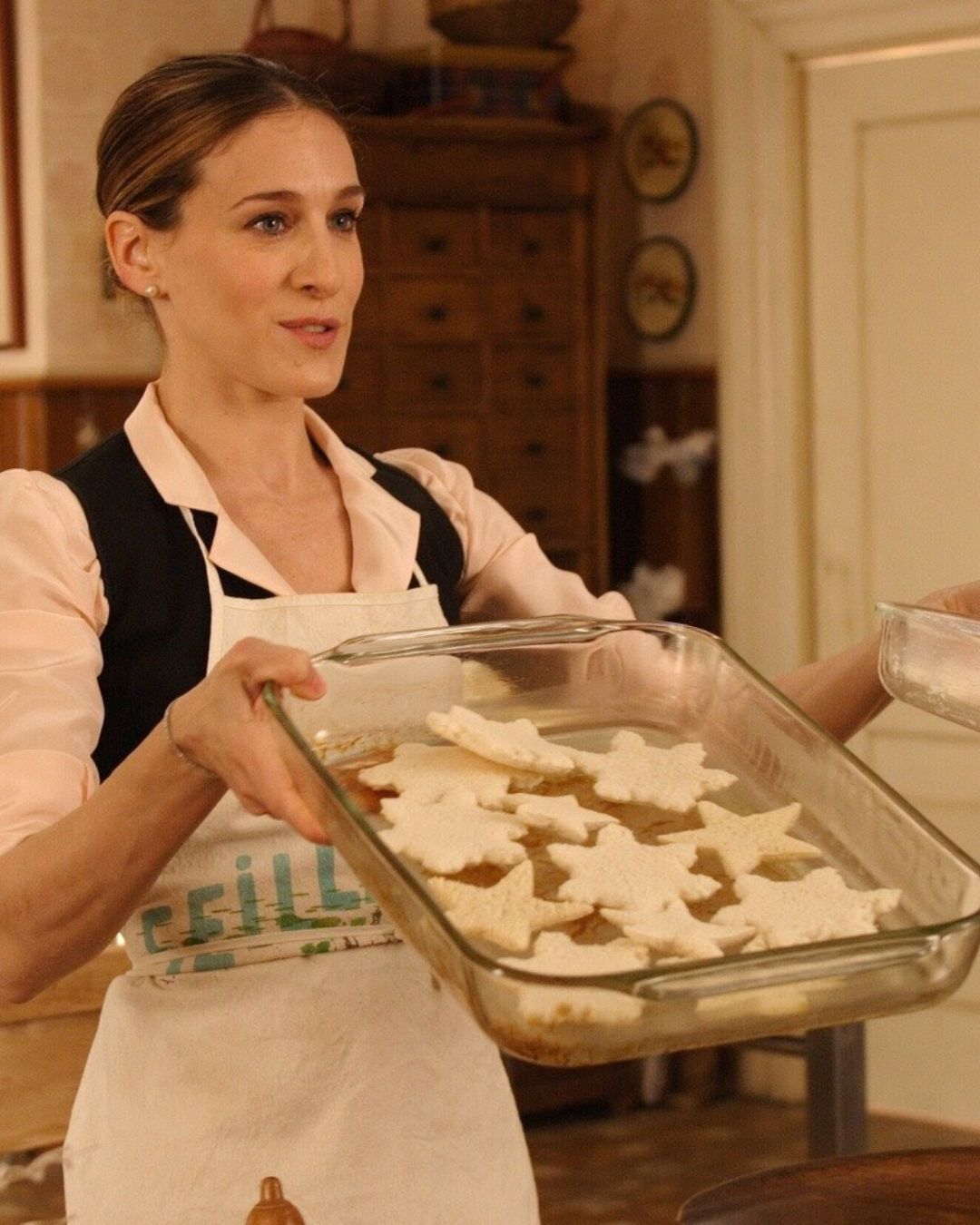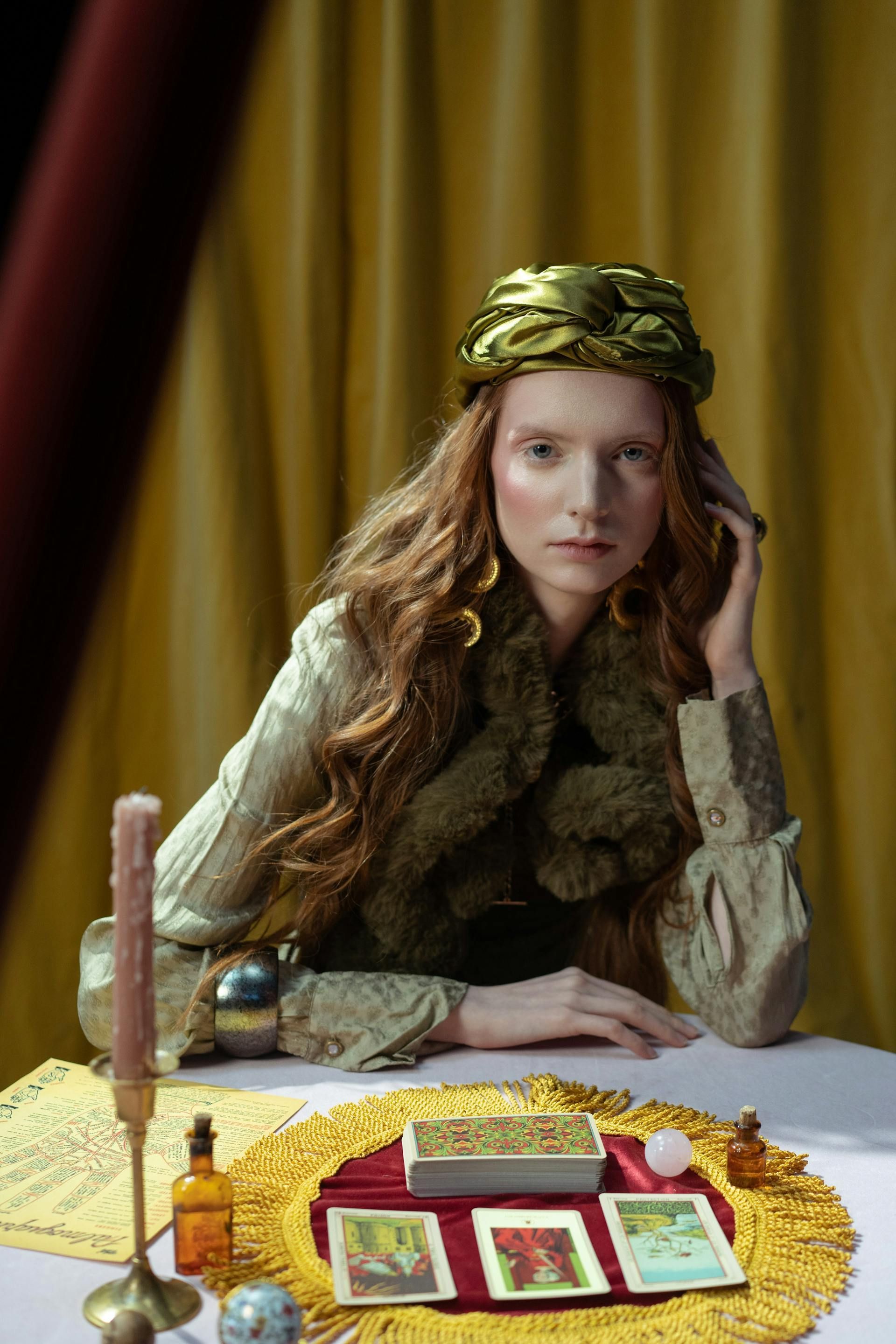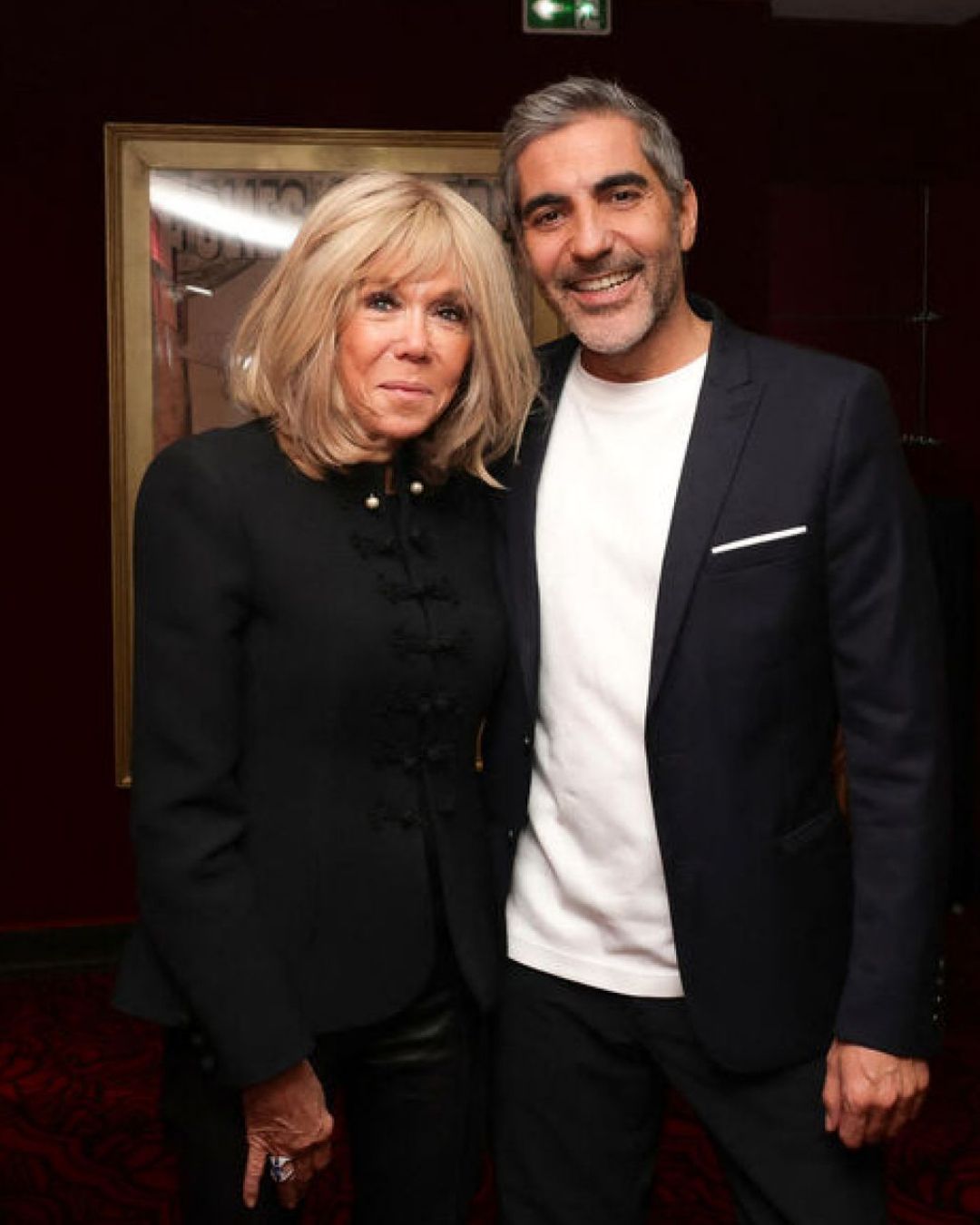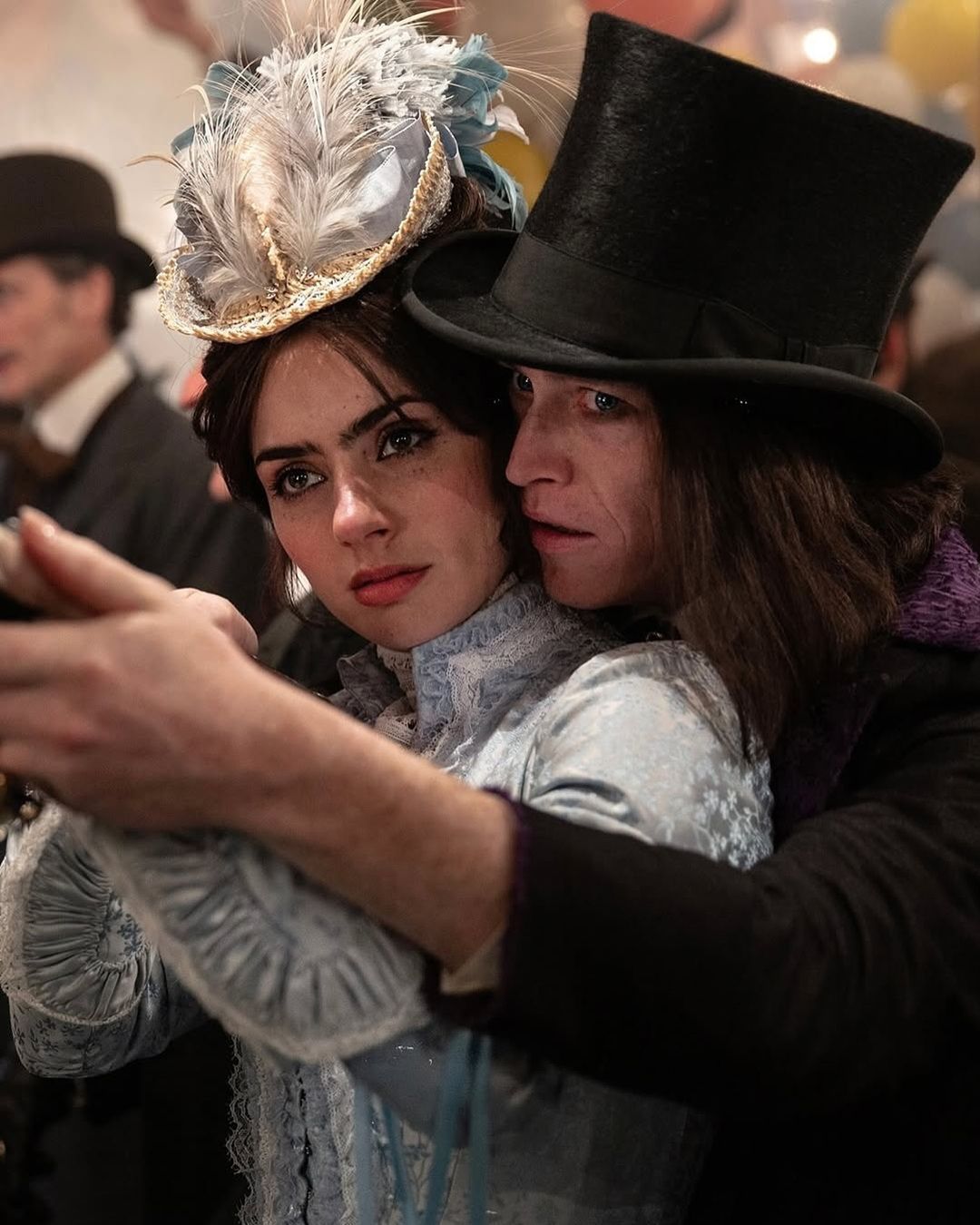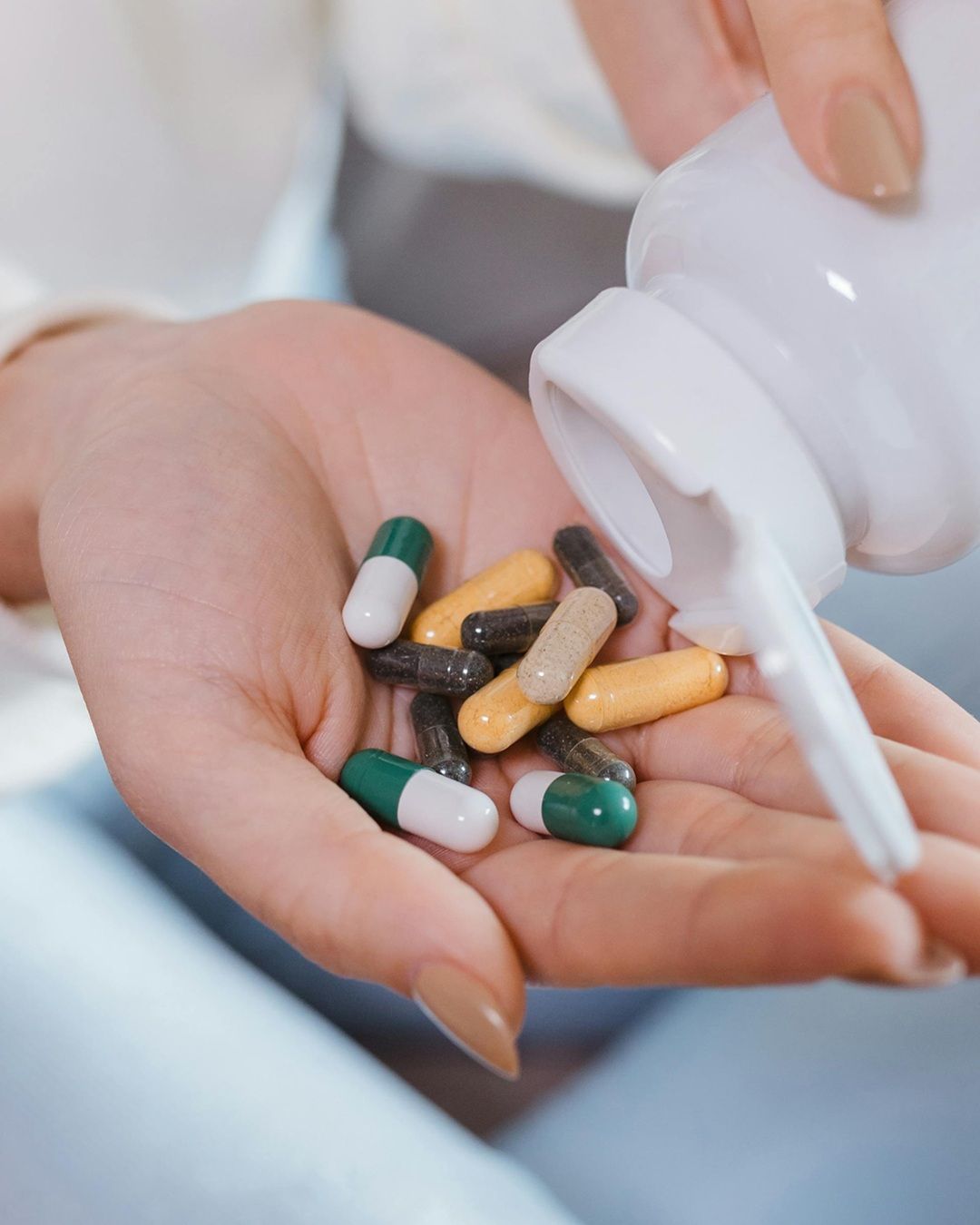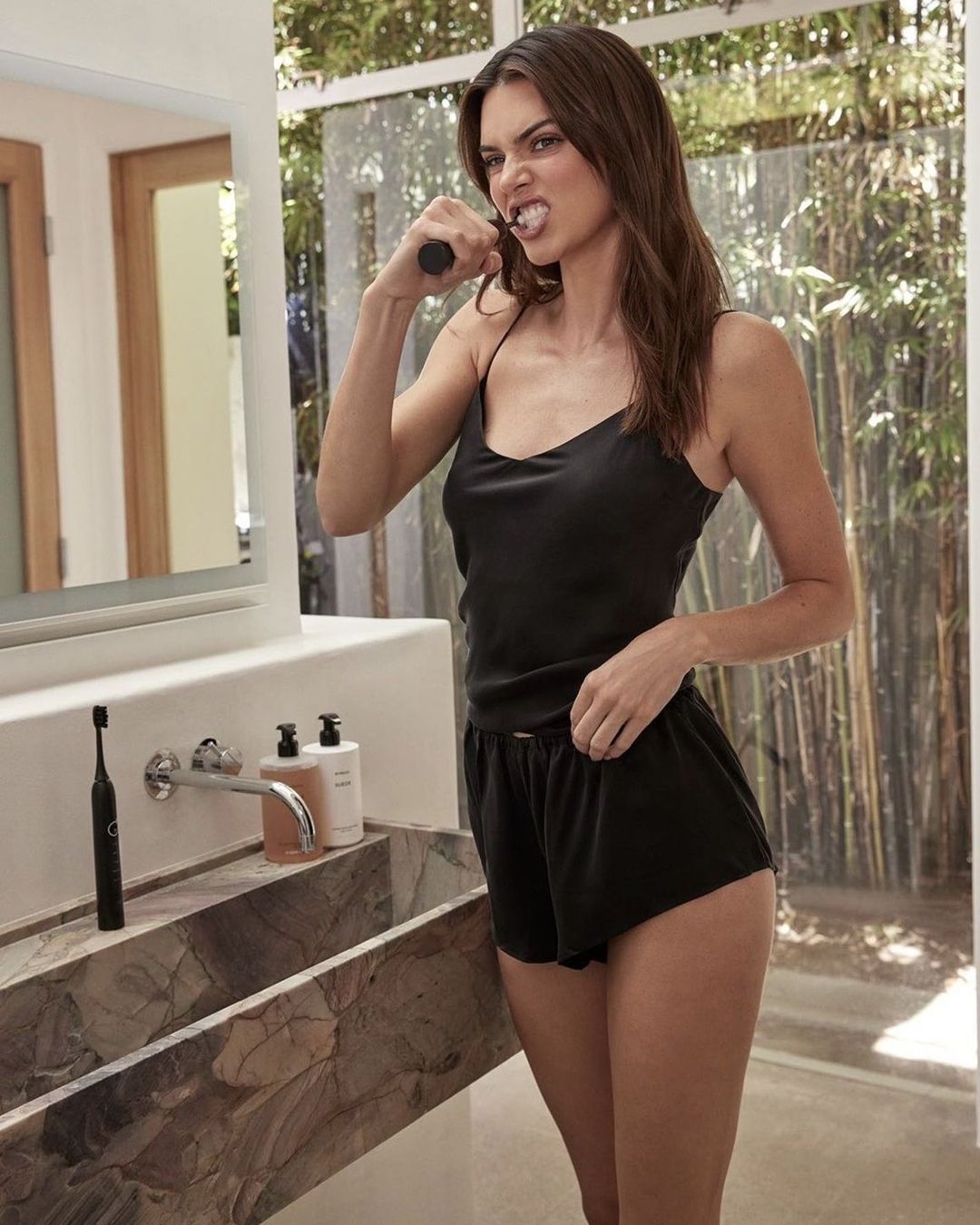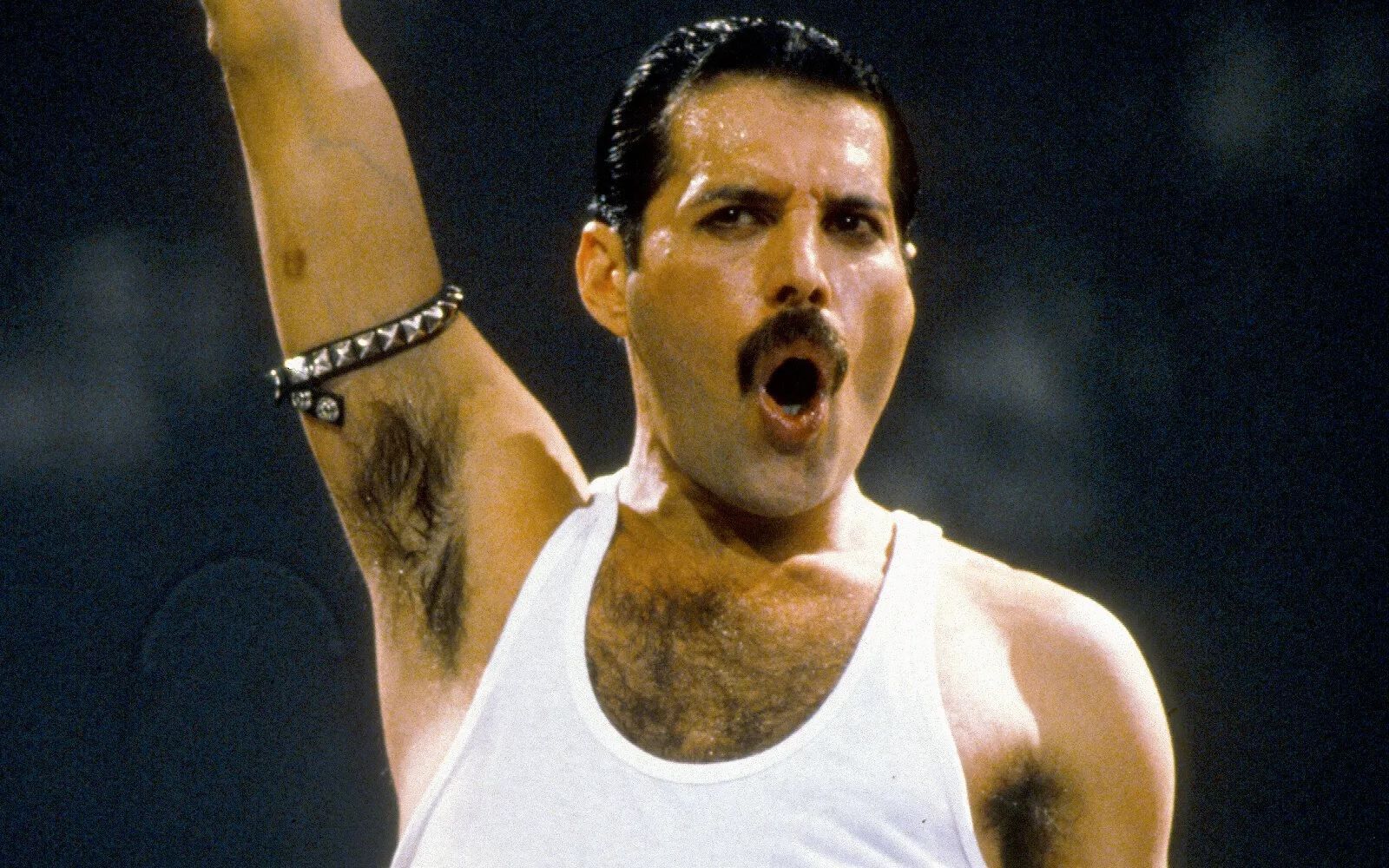
The importance of beauty and fashion for Freddie Mercury His use of make-up and provocative outfits paved the way for the genderless aesthetic of Maneskin and other contemporary stars
"I will not become a star, I will become a legend." He used to repeat when Queen was just to the of their career. Time proved him right, for Freddie Mercury has entered the Olympus of 20th-century icons, not only in music, but also in fashion. Eccentric, charismatic, endowed with an extraordinary vocal range, he had a great command of the stage and a visceral relationship with the audience that made each of his performances unique. When Freddie took the stage there was no room for anyone else. He was, as many who knew him described him, Larger than life. Excessive, but also extraordinarily magnetic. He knew how to use his voice like no one else, and, like a true rock star, he resorted to clothes and makeup to give his fans a full-blown show, a total immersion in his and Queen's universe. Like David Bowie, Mick Jagger, Iggy Pop, and Elthon John, he loved to be daring, playing with eyeliner and eye shadow, chiffon and catsuits, dispelling the boundaries between genres to give voice to creative freedom, and in doing so he paved the way for contemporary musicians such as Damiano of Maneskin or Jared Leto and the rise of male makeup.
Born in the capital of the Zanzibar archipelago, he moved to London in 1963 where he attended Ealing College of Art and graduated in graphic design, along with Ronnie Wood, of the Rolling Stones, and Pete Townsend, of the Who. At that time the English capital was in full ferment: there was the counterculture revolution, Mary Quant with her miniskirts, glam rock and fashion was breaking barriers and rules. Freddy, who in the meantime had developed a passion for the theater and had taken over a stall in Kensington market where he sold his illustrations along with Victorian gowns, clothes, and bespoke accessories, was creating his own style and, at the same time, that of Queen's frontman. In building his persona, fashion and beauty were fundamental. The most important element in Mercury's make-up was eyeliner, which he used so that people in the back of the room could see his eyes and applied (always shirtless) with great skill, internalizing the tradition of the men and women of ancient Eastern cultures. Born and raised in Zanzibar, the singer did not wear makeup just to adhere to the glam rock aesthetic, but as an expression of his personality and cultural tradition. He usually started getting ready about an hour before the show. In her dressing table, in front of the mirror, there was always an assortment of makeup scattered here and there, which, in addition to eyeliner and kohl, included a special French makeup remover by Rene Guinot, two packs of Max Factor foundation or Revlon Ivory number 3, Vital total protection face cream by Clinique, Lancome Maquimat mascara, a pink glove, cotton balls, hairspray, a special dry shampoo, and many hair brushes. The result of these makeup sessions was almost a mask, a face that Freddie wore to face the audience and give his fans a true all-around show. In this sort of personal set-up, the makeup, from the face makeup to the black nail polish he wore on only one hand, the left, was complemented by the clothes.
"It's not a concert you're seeing, it's a fashion show", Freddy told those who asked him to explain his and the band's aesthetic choices. His love of excess and flamboyance was reflected in his iconic outfits, which, especially in the early years, were a triumph of sequins, catsuits, platform boots, glitter, kimonos and other garments that were all tight, extravagant and provocative, often made by designer Zandra Rhodes. Remember the black-and-white jumpsuit inspired by the ballet Carnaval de Venise or the outfit decorated with eyes and feathers, a visionary homage to the drama I Pagliacci, worn in the video clip for the song It's a Hard Life or the leather skirt, pink top and earrings combo chosen to transform herself into a repressed housewife in the video for I Want To Break Free? Her most famous image, made all the more immortal by Bohemian Rhapsody, the biopic starring Rami Malek, is the one associated with the 1980s, influenced by the gay club scene in New York and San Francisco: mustache, short hair, a veil of eyeliner, military jackets, S&M leather pants, vest, English flag, crown, jeans, low-cut tank top highlighting her hairy chest and sneakers. Particularly fixed in collective memory is the snapshot of Mercury at Live Aid in 1985 with the clear Wranglers, white tank top, Hercules adidas on his feet, studded belt and bracelet (worn on his biceps).
The last touch that distinguished Freddie Mercury's style? The perfume. Among his favorites were Clarins Eau Dynamisante, Givenchy Monsieur and L'Interdit. A little make-up, a special outfit, a splash of perfume, and when the spotlights on the stage came on and the music started, the magic began and all eyes were on Freddie.















